Star Trek’s Riskiest Moves That Paid Off
Captain Kirk said it best: “Risk is our business.” At its finest, Star Trek isn’t just about its characters making white-knuckled attempts at escaping dangerous situations; it’s about taking risks in the real world through its form, message, and writing choices. Some of these daring moves involve making changes to the franchise’s style, some are about taking characters in new directions, and others are about challenging cultural norms and prejudices, but all are about boldly going where no Star Trek has gone before.
1. Kirk and Uhura Kiss
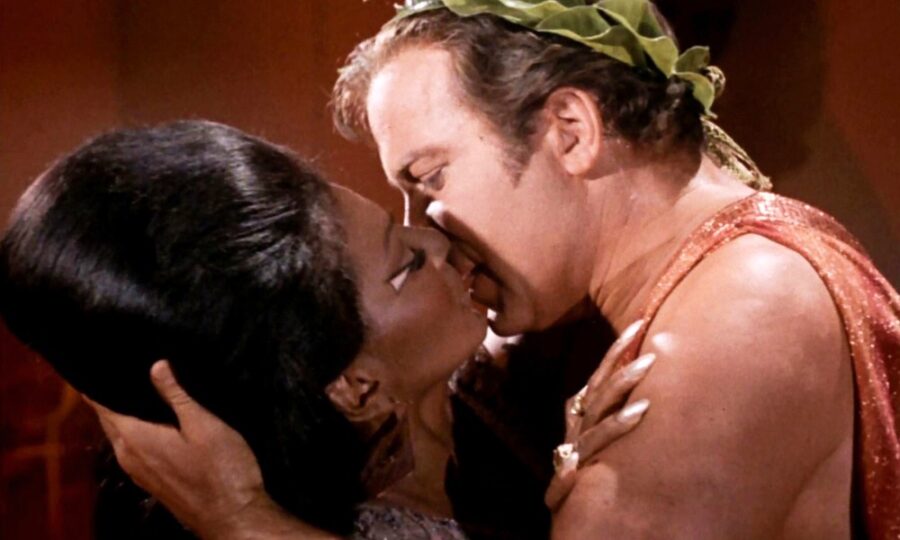
Against their protests, Kirk and Uhura are forced to kiss by the Platonians in “Plato’s Stepchildren,” Season 3, Episode 10 of Star Trek: The Original Series. It wasn’t technically the first interracial kiss on television, or even on Star Trek. William Shatner had previously kissed Frances Nuyen, an actor of Asian descent, on The Ed Sullivan Show in 1958, and Chapel and Uhura had kissed each other on the cheek in Season 1, Episode 7, “What Are Little Girls Made Of?”
But this was the first time, at least in the United States, that a Black actor and a white actor—both major characters—shared a full, on-the-lips kiss onscreen. Famously, there was much nervousness from studio execs, but William Shatner and Nichelle Nichols kissed on every take—except the one where Shatner went cross-eyed so the non-kissing take would be unusable.
It was an unprecedented move in 1968, during the height of the Civil Rights movement, and helped cement Star Trek as a culturally important piece of television history.
2. The Death of Spock
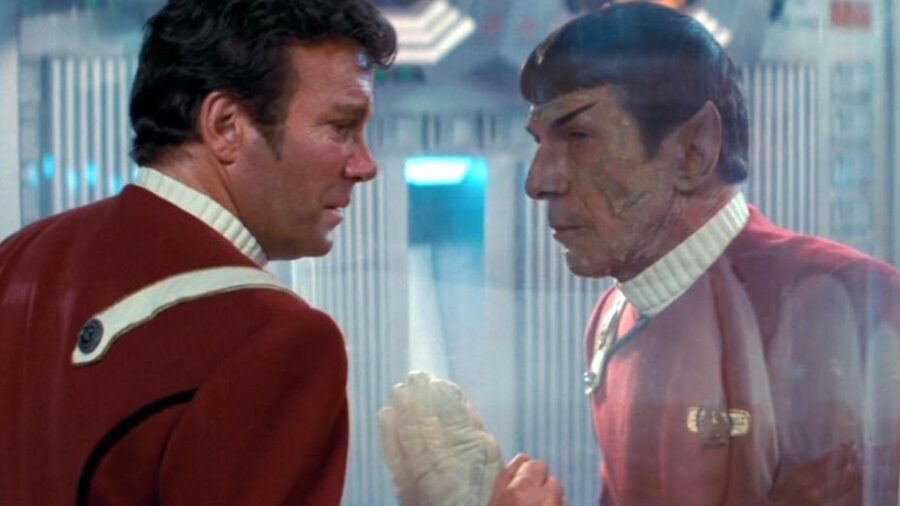
Amid the real possibility that Leonard Nimoy might not want to continue making Star Trek films, it was rumored for some time before Star Trek II: The Wrath of Khan premiered that his legendary character would meet his end.
Writer and director Nicholas Meyer tried to stave off the audience’s expectations with a fake death of Spock at the beginning of the movie, which seems to have worked in helping the character’s real self-sacrifice later in the story make an emotional impact. That impact was almost the death of the film, as a test audience left the screening of an early cut downtrodden.
But thanks to some extra editing adding a note of hope and triumph to the end of the film, Star Trek II left audiences feeling great and wanting more. Killing Spock was a risk that paid off by saving the Trek movies from what could easily have been their demise.
3. Star Trek Returns
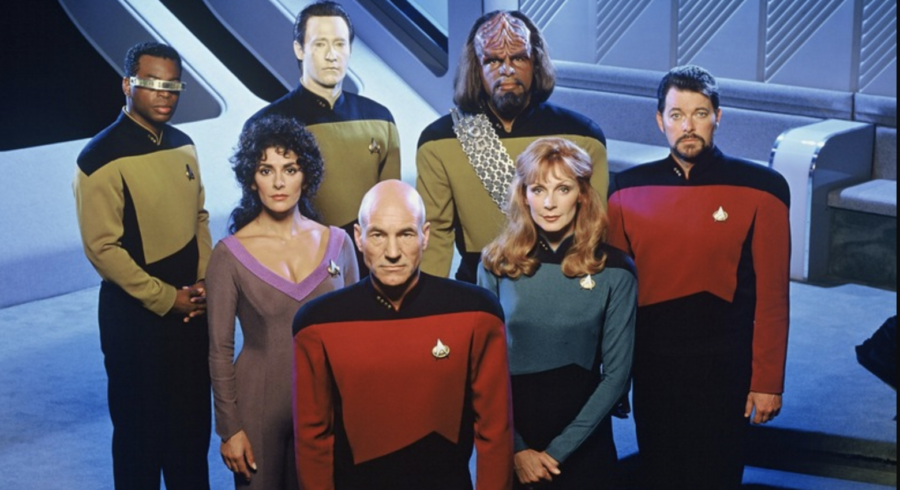
It’s hard to believe now after its massive, decades-long success, but the whole idea of a new Star Trek series was risky in 1986. After all, it had been 20 years since the premiere of the Original Series. While there was moderate success with the animated series in the early 70s and the movies had done well, it wasn’t clear that another series could be done, let alone that audiences would respond positively.
Star Trek: The Next Generation was an especially big gamble on Paramount’s part because of the huge budget of the new series, not to mention placing a two-decades-old franchise on the shoulders of a middle-aged, bald, British captain.
But, despite early backlash not unlike that seen for every iteration of Trek since, the new series was a smash hit and revived the franchise we are still enjoying today. Without it, there might never have been another new Star Trek series, or any nearly as well done and successful as what we’ve had.
4. The Kelvin Timeline
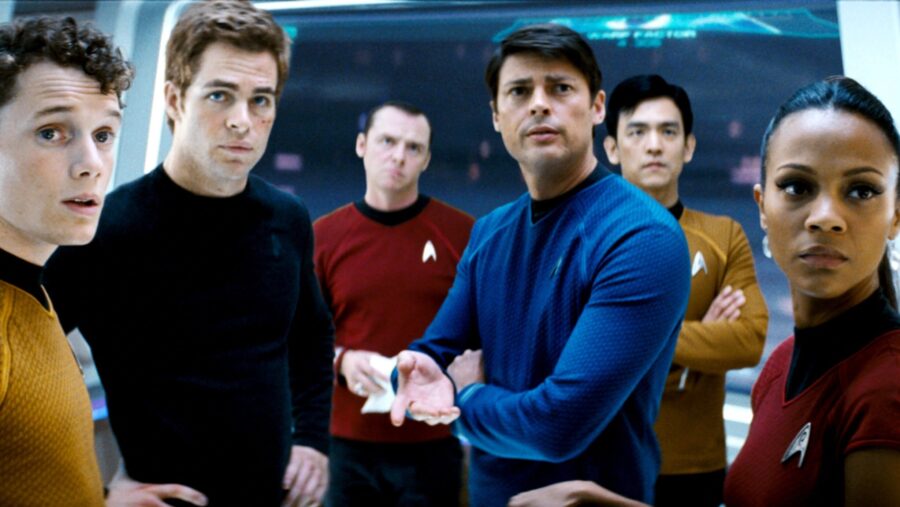
Some call it the Abramsverse, or the Alternate Universe, or J.J. Trek, but the launch of a Star Trek reboot film series in 2009 was a huge risk for the franchise. For the first time, the original Trek characters were recast with entirely new actors and given new histories, including an earlier, unplanned first mission aboard the Enterprise. It was all made possible thanks to some timeline-skewing shenanigans that literally altered Star Trek history.
As has tended to be the case, the Kelvin films made a lot of fans happy and a lot of fans angry. But it also brought life and heightened visibility to the franchise after the gap following the end of an 18-year run on television. The movies gave Star Trek new fans and provided the momentum—and new top exec Alex Kurtzman—to bring Trek back for new series.
5. Star Trek: Discovery
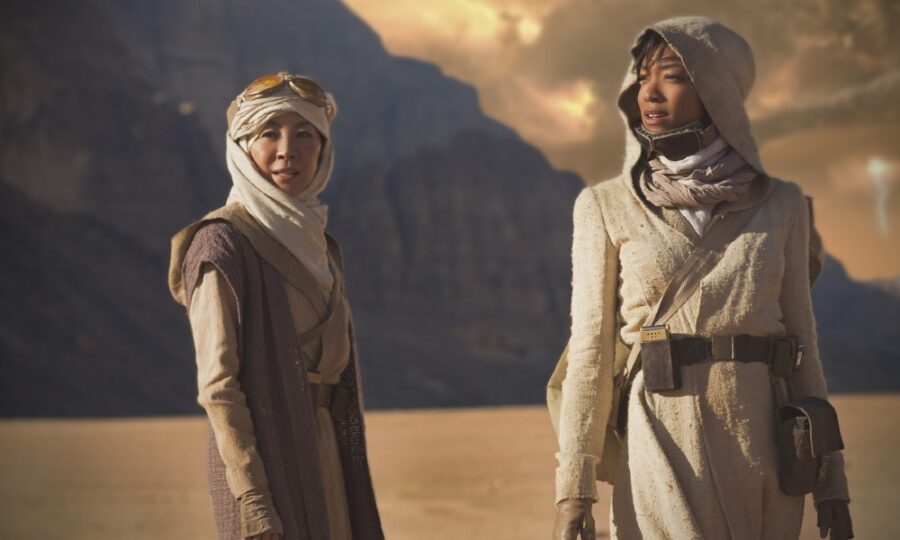
Still deeply divisive among fans, Star Trek: Discovery’s premiere was a bold move in an entirely new direction. Not only would the series delve into darker, more violent, and even TV-MA-rated places, but its focus was on a mutineer instead of a captain. It even struggled to keep a captain for its first three seasons and contained a controversial connection to Spock.
For many, the series has been enthusiastically received, especially as it has been refined over the course of four seasons, while many others still dislike it. But taking the risk of attracting new fans while possibly upsetting existing ones is a balance Trek has long had to strike, and Discovery paid off by launching a whole raft of new series, including its direct spinoff, the wildly successful Strange New Worlds.
For many fans, it has also been a Star Trek series that made them feel seen and understood in ways no Trek has before.
6. Star Trek’s Musical
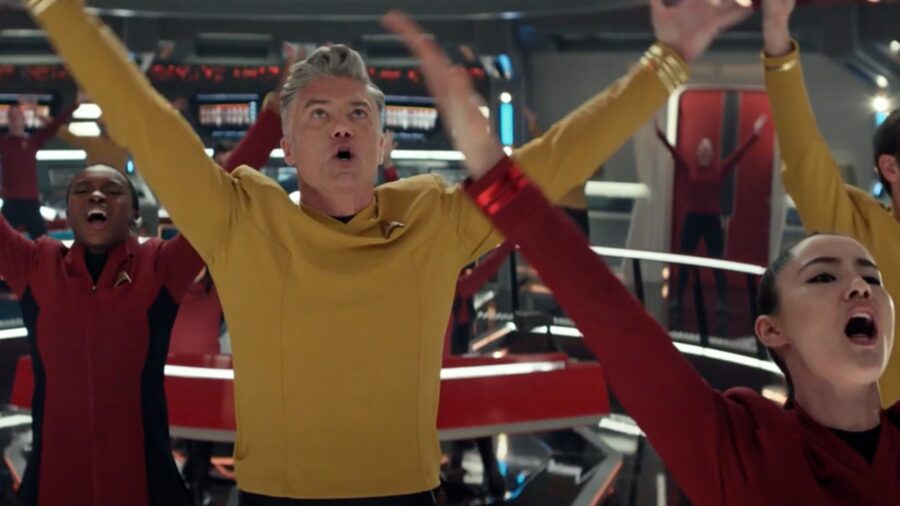
We could have made this entire article about the risks taken in Star Trek: Strange New Worlds, a series that seems to have made its mission to go in as many new directions as possible. But the single standout from the series so far has to be its musical episode, “Subspace Rhapsody.”
Star Trek has certainly featured music in the past, including on screen musical performances by its cast members, but never before had an entire episode been set up as a musical.
It was a bold move that was teased by cast members and showrunners alike before the season even aired, with promises of very big, unprecedented things in store. The episode certainly succeeded in creating an enormous amount of viewer response, both positive and negative, though most fans seem to have loved both the idea and its execution. Like any good risk, it broadens the possibilities both for the current series and for future projects.
It also leans into the franchise’s ability to have fun with its own premise and universe, bringing in humor and whimsy while deepening its characters and advancing their stories.











